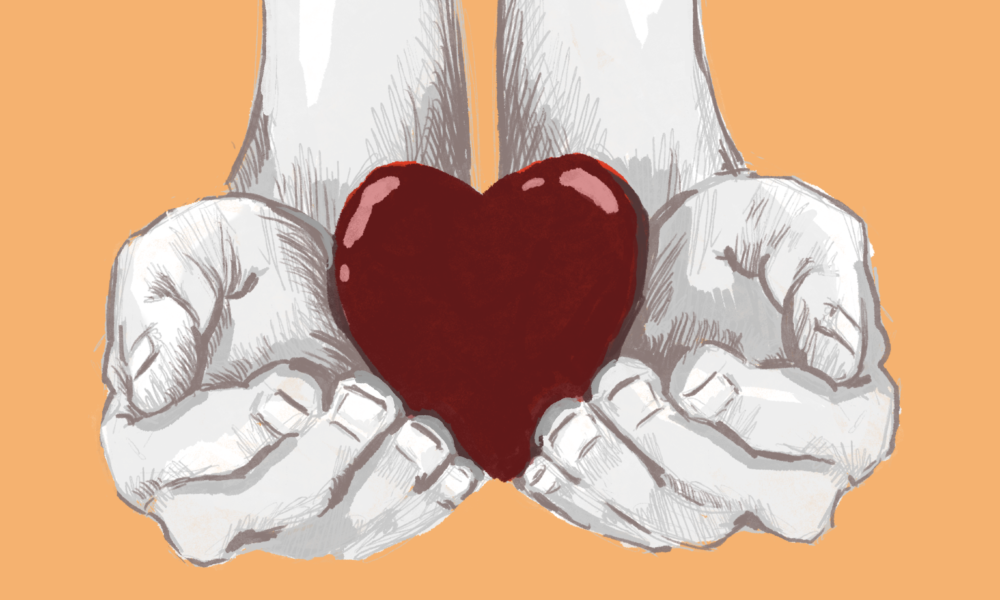Indigenous Peoples across North America and Oceania experience higher rates of drug-related harm than other populations. These harms are shaped both by the historical and ongoing impacts of settler colonialism. While Indigenous Peoples in these regions are often willing to access health services that reduce the risks of drug use, access and trust make it difficult to do so. A new scoping review examines the use of harm-reduction services across Canada, the U.S., and Australia, while also highlighting a notable research gap in New Zealand.
After screening 578 references, the researchers distilled the evidence into 28 studies. The majority came from Canada, fewer came from the United States and Australia, and none came from New Zealand. The review covered industry standard tools—needle-syringe programs, naloxone, supervised consumption, drug checking, peer support, and safer-supply alcohol services—and examined where these services are reaching Indigenous communities and where they are falling short.
The review indicated that people who use drugs tend to see harm-reduction services as practical and helpful. However, non-using community members and some providers tend to be more skeptical of their utility. Examples stated in the study range from large urban sites to reservations and regional settings, as well as youth-focused programs in Australia. This suggests the issue is not a lack of willingness to use these services but rather barriers such as constraints on access, visibility, and availability.
Camille Zolopa, first author of the review and PhD candidate in McGill’s Department of Counselling Psychology, explained this in an interview with The Tribune.
“Whenever Indigenous Peoples who use drugs were surveyed, they tended to be equally interested as non-Indigenous people. [They were] willing to use the various specific harm reduction strategies that were being discussed.”
The review organized barriers with ‘five A’s.’ Approachability is the degree to which services are visible to their intended population. Acceptability is the alignment between clients’ and providers’ cultural and social backgrounds. Availability and accommodation cover service volume, hours and service types. Affordability is clients’ capacity to pay for care. Lastly, appropriateness is the technical and personal quality of care. The literature repeatedly cites low visibility, stigma, and racism in care, as well as short or inconsistent hours and transportation barriers.
The logistics of providing adequate services are more complicated for rural and remote communities. In addition to distance, staffing constraints, and reduced hours—which are common constraints all over—anonymity and privacy become decisive factors in smaller cities.
In terms of solutions, the review noted that culturally grounded approaches and peer roles are associated with higher acceptability. Participants at Canadian supervised consumption sites described peer injection networks as “circles of trust” with “kinship-like bonds,” emphasizing relational care. One study reported “American Indian and Alaska Native” Harm Reduction Talking Circles as highly acceptable, helpful, and culturally aligned, with quality of life improving with the number of sessions attended. Early evidence also linked Managed Alcohol Programs with reconnection to kin and culture.
“[While] there are still some people who express hesitancy, there were others who conceptualized harm reduction as more in line with Indigenous ways of healing,” Zolopa said.
The review also flagged a crucial gap, as no Māori-focused studies from New Zealand were returned in the database searches.
“We didn’t find any studies from New Zealand, and we know that Māori people face a lot of disproportionate drug-related harms, including over-incarceration,” Zolopa said. “It would be great to see more community-based, participatory research.”
Because the evidence base is uneven across regions and interventions, the study stops short of firm claims. Instead, it maps recurring patterns and outlines the next steps: Indigenous-led, community-based evaluations that track outcomes like uptake, safety, and quality of life; comparative work on rural versus urban models; and dedicated research with Māori communities. Simply put, harm-reduction uptake rises when services are clear, culturally safe, and keep clients’ information private.
“Harm reduction is important. It saves lives and people who use drugs,” Zolopa said. “And Indigenous Peoples who use drugs have been on the front lines of this fight for a long time.”









